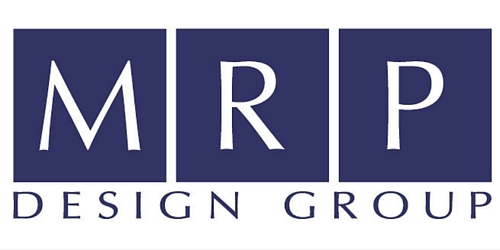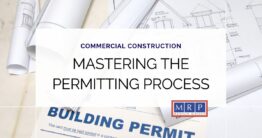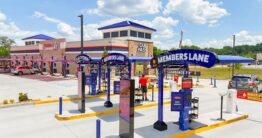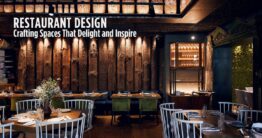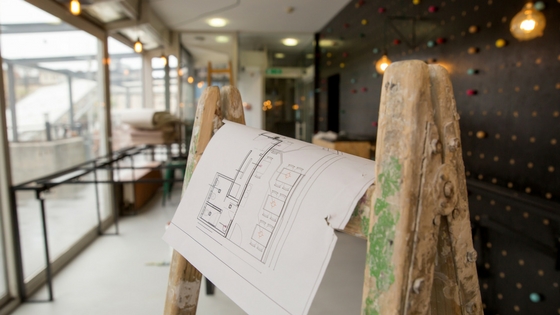
In the fast-paced food service industry, restaurants are born, and then they die, sometimes at lightning speed. The savvy entrepreneur wanting to open a new eatery faces an uphill battle. According to one study, 60 percent of restaurants close or change ownership within the first year of business, and 80 percent fail within five years. This means much research and questioning needs to go into the process from the beginning.
One of the ways to decrease costs on the front end is to buy or lease an existing failed restaurant, which can be much less expensive than starting from scratch. Here at MRP Design Group we have a lot of experience in this area and can help you think through the pros and cons of converting an existing failed restaurant.
Pro: No site preparation or ground-up construction is needed. Here’s where the obvious savings really mount up. Someone else has already absorbed the costs of site evaluation and preparation and construction. The building already exists, and even if there is major renovation, the bones of the building are already there.
Con: Much renovation may be needed. If the failed restaurant is old and out of date, or if you are making a major change, say from Mexican restaurant hacienda to a mom and pop sandwich shop, you may have to spend a good deal to make those updates and changes.
Pro: Expensive infrastructure, fixtures, and equipment are already in place. Finding an existing closed restaurant many times means that money can be saved because valuable equipment and fixtures have been left behind. This makes for a nearly turnkey operation.
Con: Infrastructure and fixtures may need to be repaired or replaced. How old is the infrastructure? How worn or dated are the fixtures? Will they be workable with the new concept? These are all important questions to consider, and you may need a professional, such as MRP Design Group, to help you evaluate things like infrastructure.
Pro: There could potentially be very little cosmetic upgrading needed. Depending on the age and use of the site and how long the concept was open, you could be looking at a nice space with just some sprucing up needing to be done. However . . .
Con: You may need to totally revamp the décor. If you are moving in where someone else failed, you may want to drastically change the décor of the place. You don’t want your customers associating you with the failure. Or if you are radically changing concepts, you may also need to make big cosmetic changes to match the new idea.
The big question to ask: Why did this restaurant go out of business?
This will take some detective work, some critical thinking skills, and possibly some outside viewpoints. Did this restaurant fail because of the location? The food? The service? A combination of the three? A bad location is the most difficult to overcome; poor service is easiest to fix. But what about the food? Was it the wrong fare for the area? Were they attempting French cuisine in a BBQ town? Was there too much competition, for example mediocre Mexican food in an area oversaturated with Mexican?
Market research is valuable here. Find out who your target audience is and what they want. Don’t just assume. Better to spend some money on the front end on research than lose much more if the concept fails.
Some final tips as you think through taking over a failed restaurant:
- Notify the landlord of what you plan to do, in writing, before the close of escrow. Other tenants may have exclusivity clauses in their leases. Or the landlord may simply not want the type of restaurant you are planning. You need to know this up front!
- Make sure the deal you cut with the bank or landlord includes the fixtures and equipment within.
- Make sure you have a detailed business plan with a budget that shows how you will cover your overhead costs (including the cost of food, beverage, alcohol, labor, and rent) as well as start-up capital.
- Verify the restaurant is up to code and can pass all inspections.
At MRP Design Group, we have worked on hundreds of restaurant sites and can put our vast experience to work for your redesign of an existing or failed concept. Contact us and let’s start discussing your great new ideas.
